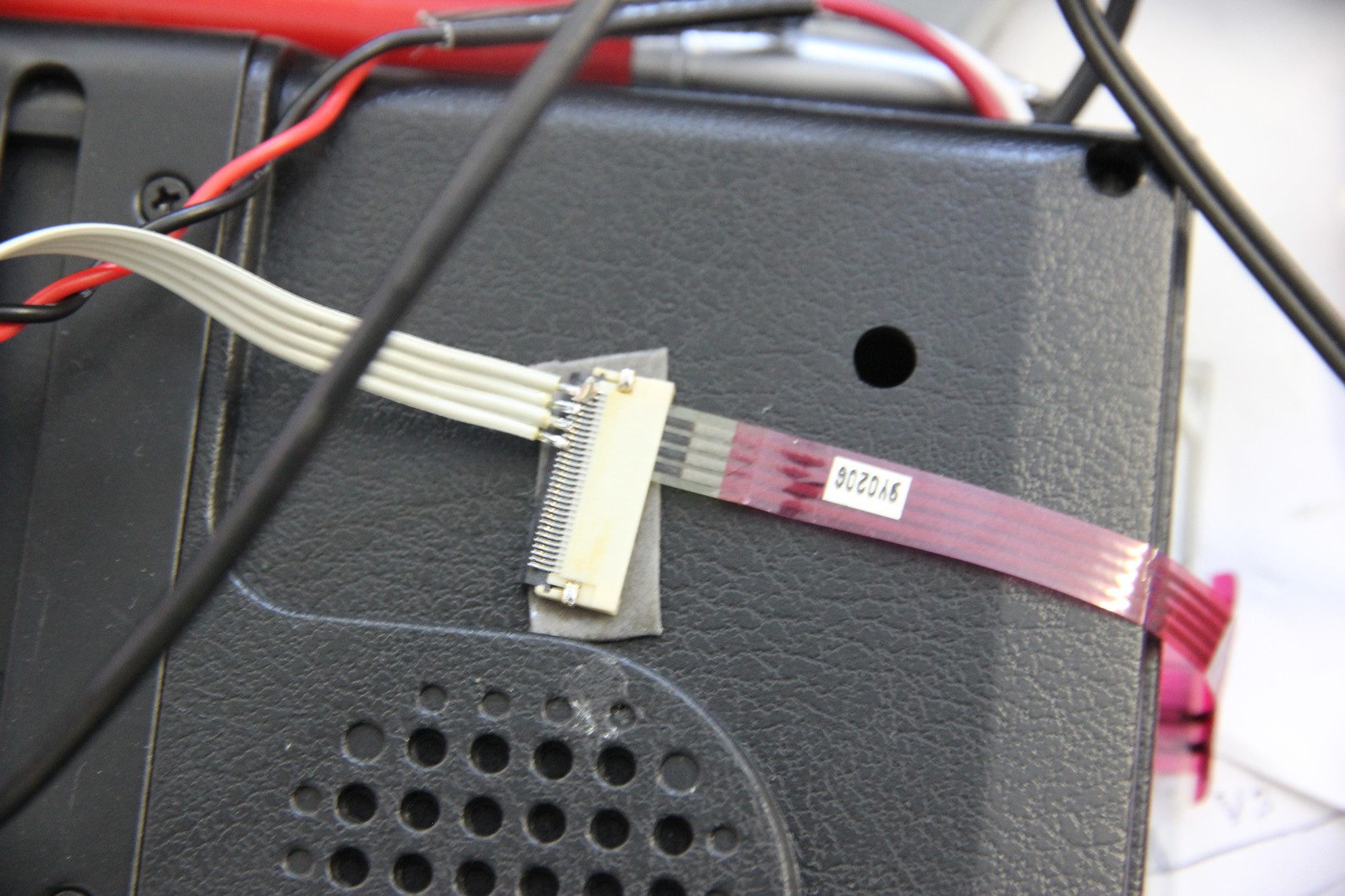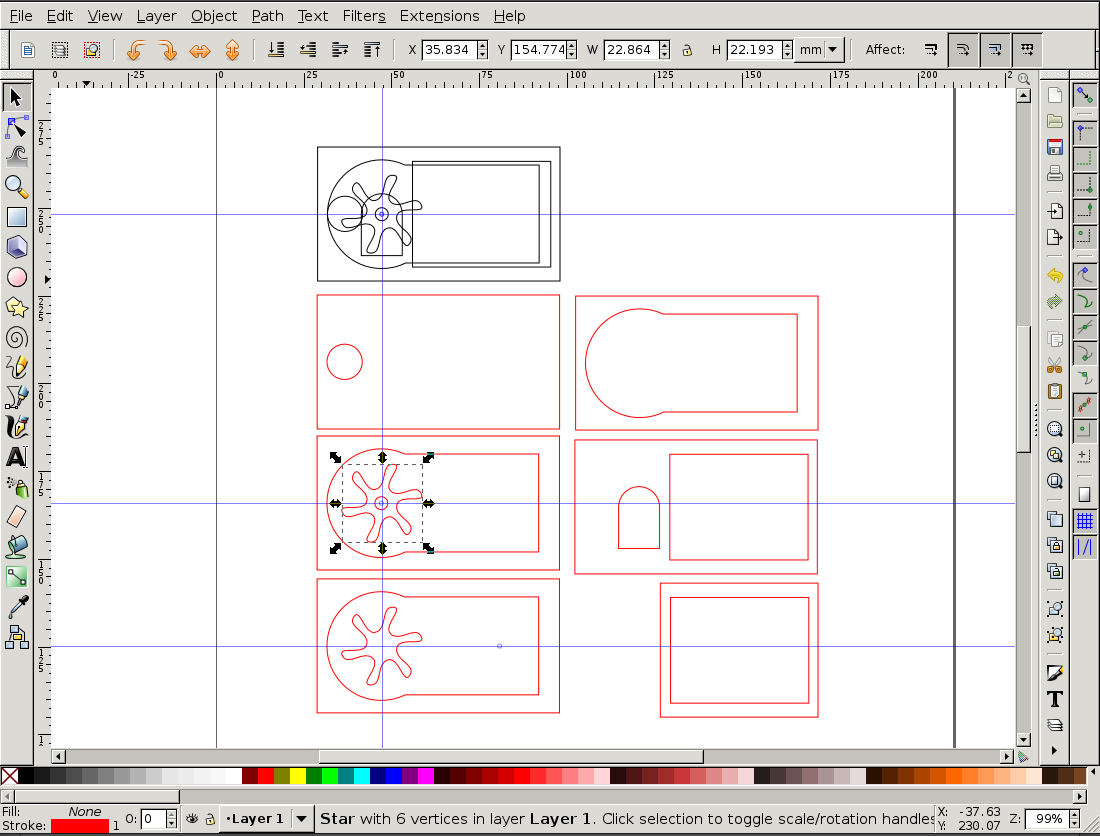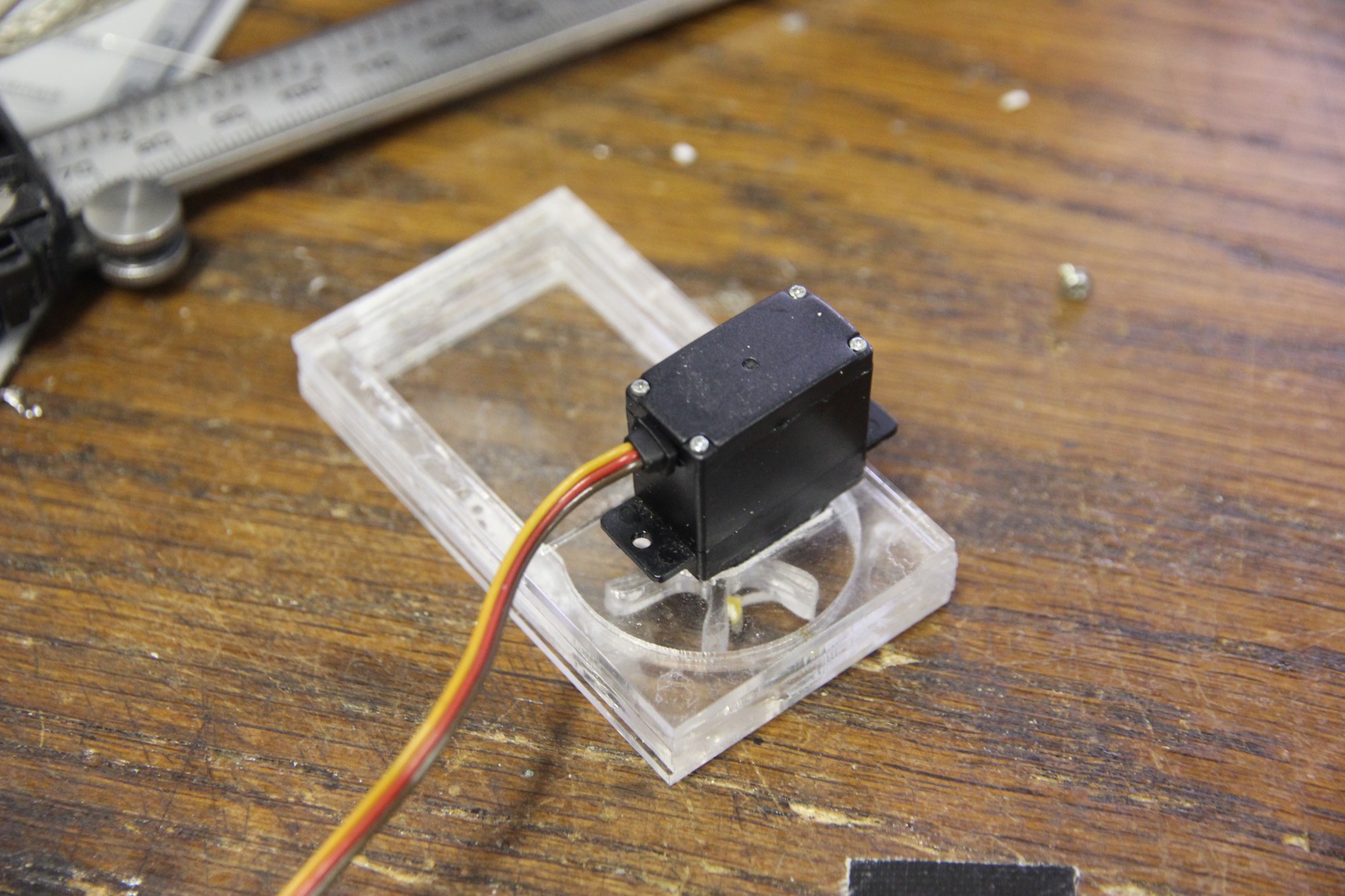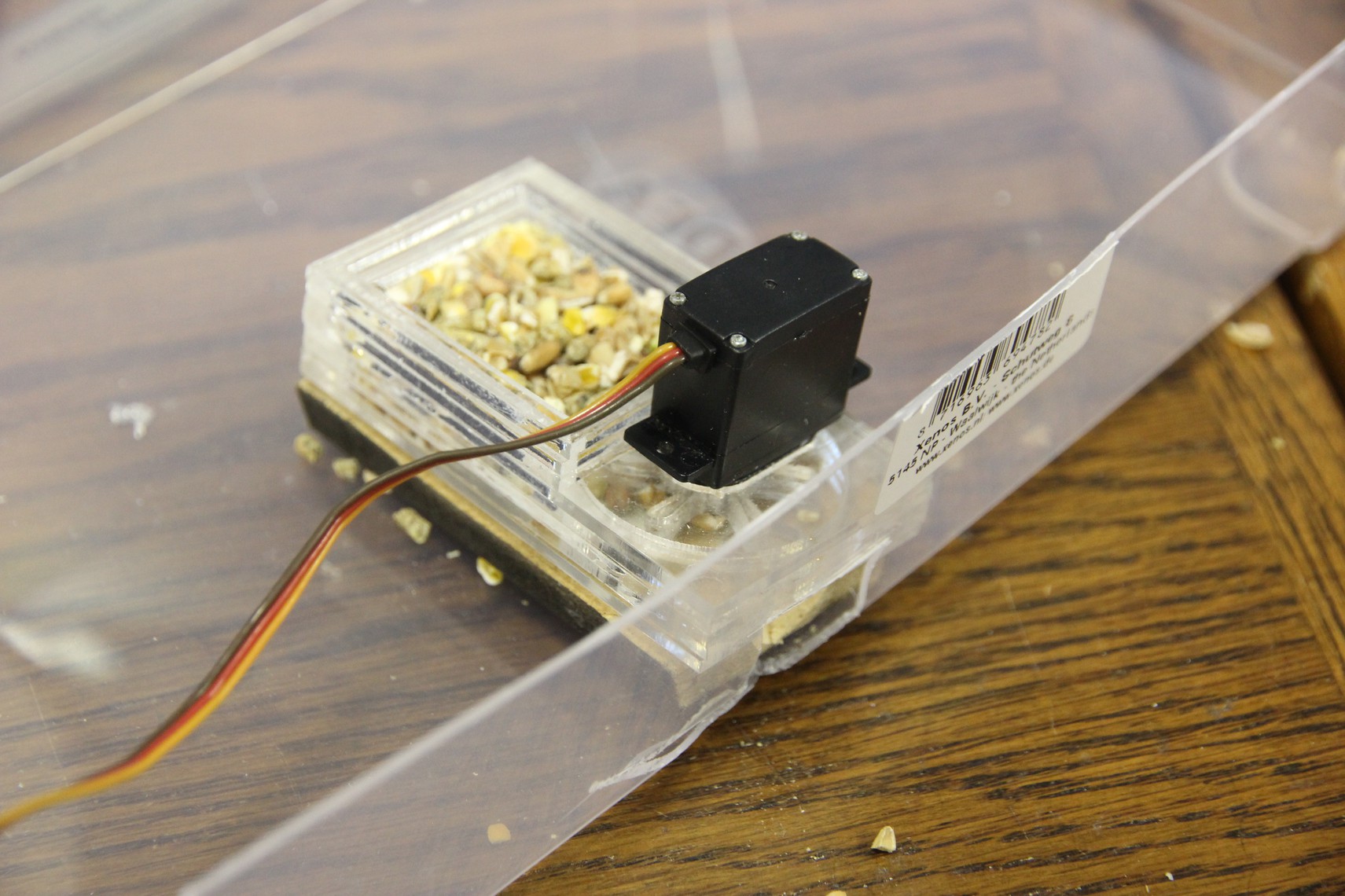Because I dislike the reverse chronological order of the build log, I've put everything into the build instructions section. There are four steps, but Hackaday only shows 3 by default. Click here if you want to see them all.
JudgeTron 9001
As you may know, I'm a judge for the Hackaday Prize. I also can be pretty lazy, so maybe I could automate the job of judging?
 Sprite_tm
Sprite_tm














 Tindie
Tindie
 Peter Walsh
Peter Walsh
 fl@C@
fl@C@
 Aleksandar Bradic
Aleksandar Bradic